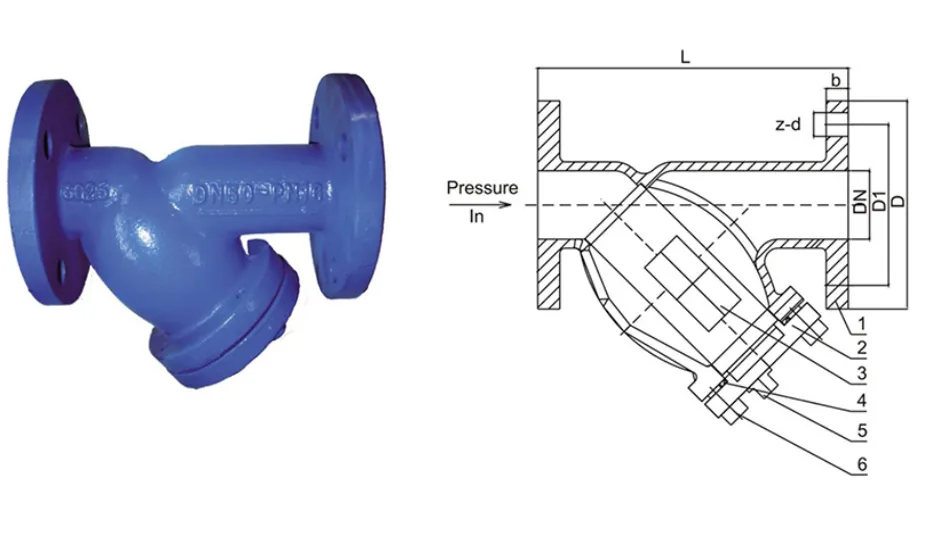Nov . 29, 2024 16:31 Back to list
Flexible Rubber Expansion Joints for Enhanced System Performance and Vibration Control
Understanding Flexible Rubber Expansion Joints A Complete Overview
Flexible rubber expansion joints play a crucial role in various industrial applications, serving as essential components designed to accommodate movement, absorb shock, and minimize vibration in piping systems. Due to their elasticity and adaptability, these joints are particularly valued in industries such as construction, oil and gas, water treatment, and HVAC (heating, ventilation, and air conditioning). In this article, we delve into the significance, design, benefits, and applications of flexible rubber expansion joints.
What Are Flexible Rubber Expansion Joints?
Flexible rubber expansion joints are designed specifically to absorb the thermal expansion and contraction of pipes and systems caused by temperature fluctuations. They are usually made from high-quality rubber or elastomer materials that allow for significant flexibility while maintaining structural integrity. The construction can include layers of reinforcement, such as fabric or steel rings, enhancing their durability and performance under pressure.
Key Functions and Advantages
1. Accommodating Movement One of the primary functions of flexible rubber expansion joints is their ability to accommodate axial, lateral, and angular movements in piping systems. This flexibility helps prevent stress and strain on the pipes, which can lead to premature failure.
2. Vibration Absorption Industrial operations often generate vibrations that can harm equipment and lead to inefficient systems. Flexible rubber expansion joints can effectively dampen these vibrations, protecting the integrity of the entire piping system.
3. Noise Reduction Alongside vibration absorption, these joints can reduce noise levels generated by flowing fluids or moving parts, creating a quieter working environment.
4. Corrosion Resistance Many rubber materials are formulated to resist corrosive substances. This feature is particularly beneficial in chemical processing plants where aggressive fluids are transported through piping systems.
5. Cost-Effectiveness By minimizing maintenance costs and extending the lifespan of piping systems, flexible rubber expansion joints prove to be a cost-effective solution for many industries.
Design Variations
Flexible rubber expansion joints come in various designs to suit specific applications. Common types include
flexible rubber expansion joint

- Axial Expansion Joints These are designed to absorb movement in the axial direction; they can accommodate length changes in piping systems due to thermal variations
.- Lateral Expansion Joints Ideal for absorbing lateral movements, these joints are crucial in preventing misalignments in piping systems.
- Angular Expansion Joints These joints accommodate angular movements and are often used in applications where pipes meet at an angle.
Applications in Industry
The versatility of flexible rubber expansion joints makes them applicable in numerous industrial sectors, including
- Water and Wastewater Treatment Protecting systems that manage large volumes of water from thermal stresses and vibrations.
- Power Generation Used in steam and cooling systems, where thermal expansion is prevalent.
- Chemical Processing Cater to the needs of transferring raw and finished products while accounting for expansion and contraction.
- HVAC Systems Ensuring efficient airflow in heating and cooling systems by mitigating vibrations and thermal movements.
Conclusion
In conclusion, flexible rubber expansion joints are vital components that enhance the reliability and longevity of piping systems across various industries. With their ability to accommodate movement, absorb shock, and resist corrosion, they play an indispensable role in maintaining system integrity and operational efficiency. As industries continue to evolve, the demand for high-quality flexible rubber expansion joints is likely to grow, making them a key focus for future innovations in engineering and materials science. Understanding their functionality and applications is essential for engineers and decision-makers dedicated to optimizing industrial processes.
Share
-
Reliable Wafer Type Butterfly Valves for Every IndustryNewsJul.25,2025
-
Reliable Flow Control Begins with the Right Ball Check ValveNewsJul.25,2025
-
Precision Flow Control Starts with Quality ValvesNewsJul.25,2025
-
Industrial Flow Control ReliabilityNewsJul.25,2025
-
Engineered for Efficiency Gate Valves That Power Industrial PerformanceNewsJul.25,2025
-
Empowering Infrastructure Through Quality ManufacturingNewsJul.25,2025